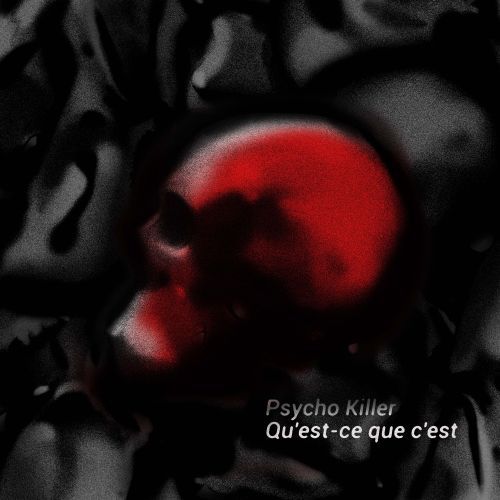Nanoparticles, revolutionary patches and the future of food delivery services
What will be the future of food delivery services? According to a report commissioned by Deliveroo, one of the novelties will be breathing towards a smartphone to determine a healthy diet for yourself and a virtual tasting of takeaway food before ordering. BreathTech technology will make it possible. In addition, “hyper-personalised” diets, “fully tailored to individual nutritional needs”, will be powered by artificial intelligence. Cereals and plants such as amaranth, fonio, sorghum, teff, khorasan, einkorn and emmer will gain popularity.
Patches stuck to the skin can be an alternative to injections, tablets and other ways of taking drugs. The MIT Media Lab has developed a patch that sends painless ultrasound waves when applied to a patient’s skin, creating tiny channels that help drugs penetrate the body. Meanwhile, MIT’s Koch Institute for Integrative Cancer Research has developed a small mobile printer that produces patches with hundreds of nearly painless microneedles. Their tips dissolve under the skin, releasing the drug.
A nanoparticle developed by MIT engineers can deliver proteins encoding mRNA using the CRISPR/Cas method to the lungs of mice. According to the researchers, with further research, such molecules could enable inhaled treatment of mucoviscidosis and other lung diseases by removing and replacing the faulty genes that cause them. When put into the lungs, nanoparticles break down quickly, which allows them to be removed from the body within a few days and reduces the risk of inflammation.
























